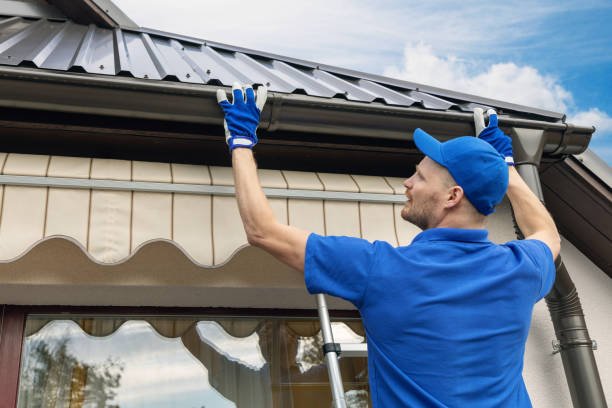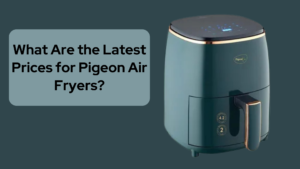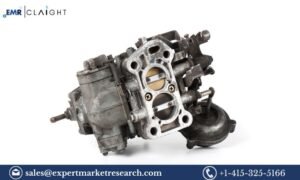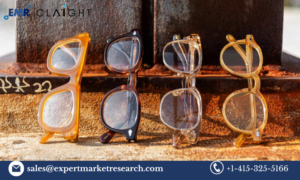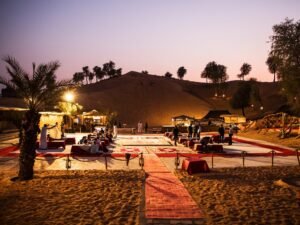In an era where sustainability and resilience are paramount, metal roofing has become the go-to solution for homeowners and builders alike. With its unparalleled durability, impressive energy efficiency, and sleek designs, metal roofing has revolutionized the way we think about roofing systems. From corrugated galvanized steel to standing seam aluminum, the options are vast and varied. In this comprehensive guide, we’ll delve into the world of metal roofing, exploring its benefits, types, and applications, as well as providing expert tips and insights to help you navigate the process of selecting and installing the perfect metal roof for your dream home.
Benefits of Metal Roofing
Metal roofing offers a multitude of benefits that make it an attractive option for homeowners. One of the most significant advantages is its exceptional durability, with some metal roofs lasting up to 50 years or more. Additionally, metal roofs are highly resistant to weathering, including heavy rainfall, hail, and high winds, ensuring your home remains protected and secure. Furthermore, metal roofs are energy efficient, reflecting solar rays and reducing heat gain during the summer, while keeping warmth in during the winter. This can lead to significant savings on energy bills and a reduced carbon footprint. Moreover, metal roofs are environmentally friendly, as they can be made from recycled materials and are fully recyclable themselves. With their low maintenance requirements, resistance to mold and mildew, and ability to increase a home’s resale value, metal roofs provide a wise investment for any homeowner.
Common Misconceptions
It’s a misconception that metal roofs attract lightning. In reality, metal roofs don’t increase the likelihood of a lightning strike. Instead, they offer a safer option, as metal is non-combustible, meaning it won’t ignite if struck. Since metal roofs conduct electricity, they help disperse the energy across a larger surface, reducing potential fire risks. This feature makes metal roofing a safer choice in storm-prone areas.
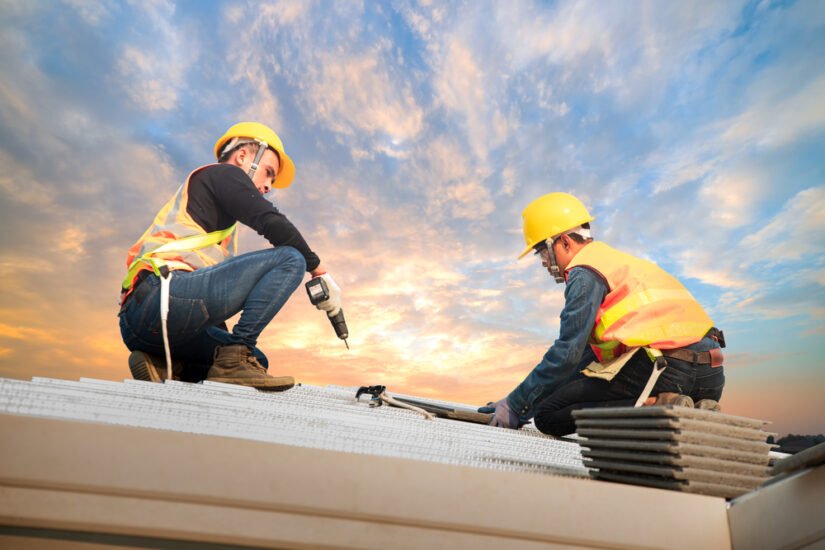
Installation and Maintenance
Metal roofing can often be installed directly over existing roofs, making it a convenient option that saves time and reduces waste. This installation method minimizes the need for costly tear-offs, streamlining the process for homeowners. With regular inspections and maintenance, a metal roof can endure for decades, providing long-lasting protection. Its durability and ease of care make it a reliable roofing choice, often outlasting traditional materials.
Types of Metal Roofing
There are several types of metal roofing, including standing seam, corrugated, metal shingles, and stone-coated metal roofing. Standing seam metal roofing is a popular choice due to its modern look and durability.
Environmental Impact
Metal roofing is an eco-friendly option as it is commonly made from recycled materials, reducing environmental impact. Additionally, when a metal roof reaches the end of its long lifespan, it can be fully recycled rather than ending up in a landfill. This sustainability factor makes metal roofing a favorable choice for eco-conscious homeowners. The durability and energy efficiency of metal roofs further enhance their environmental benefits, making them both practical and planet-friendly.

Comparison to Other Roofing Materials
Metal roofing stands out for its exceptional durability and longevity, often lasting significantly longer than asphalt shingles, clay tiles, or cedar shakes. This resilience means fewer repairs and lower maintenance costs over time. Additionally, metal roofs are highly energy-efficient, reflecting solar heat to help regulate indoor temperatures and reduce cooling costs. Unlike other materials, metal roofing requires minimal upkeep, making it a convenient and cost-effective choice for homeowners looking for long-term value and sustainability.
Special Considerations
Metal roofing is a versatile option suitable for a variety of building types, including historic homes, coastal properties, and commercial buildings. Its adaptable nature allows it to be seamlessly installed around features like skylights, solar panels, chimneys, vents, and antennas. Metal roofing materials hold up well in diverse environments, including high-moisture coastal areas, due to their resistance to rust and corrosion. For historic homes, metal roofing can provide modern durability while maintaining aesthetic appeal. This flexibility and resilience make metal roofing a practical choice for both residential and commercial properties.
Performance and Durability
Metal roofing is renowned for its exceptional performance and durability, making it an ideal choice for homeowners seeking a long-lasting roofing solution. With a lifespan of up to 50 years or more, metal roofs outperform traditional asphalt shingle roofs, which typically last around 20-30 years. Metal roofs are also highly resistant to weathering, including heavy rainfall, hail, and high winds, ensuring your home remains protected and secure. Moreover, metal roofs are resistant to corrosion, cracking, and fading, maintaining their integrity and appearance over time. Additionally, metal roofs are designed to withstand extreme temperatures, from scorching heat to freezing cold, without compromising their performance. With proper installation and minimal maintenance, metal roofs can provide a lifetime of reliable service, offering homeowners peace of mind and a secure investment.
Conclusion
Metal roofing offers homeowners a highly durable and energy-efficient solution, designed to withstand the elements and reduce energy costs. Its environmental benefits include being made from recyclable materials, making it an eco-friendly choice. Known for its versatility, metal roofing can suit various home styles and needs while also requiring minimal upkeep. This combination of strength, efficiency, and low maintenance makes metal roofing a valuable investment for anyone looking to enhance their home’s roofing system. With these advantages, metal roofing is increasingly favored as a sustainable and practical upgrade.
FAQ
Is metal roofing a better long-term value than shingles?
Yes, metal roofing is a better long-term value than shingles. While the upfront costs of installing a metal roof are often higher than shingles, a metal roof lasts longer and will be replaced or repaired far less frequently.
Are metal roofs noisy when it rains?
No, metal roofs are not noisy when it rains. The good news is that metal roofs with a roof assembly (decking, insulation, and underlayment) are no noisier than any other type of roof.
How do I choose a metal roof color?
Choosing a metal roof color involves considering factors such as the style of your home, the surrounding neighborhood, and your personal preferences. We’ll help you navigate the options.
What are the pros and cons of metal roofing?
Get the metal roofing pros and cons homeowners need to know to make an informed roofing decision. Metal roofing offers numerous benefits, including energy efficiency, durability, and low maintenance.
Is a metal roof noisy when it rains or hails?
No, metal roofs are not noisy when it rains or hails. The good news is that metal roofs with a roof assembly (decking, insulation, and underlayment) are no noisier than any other type of roof.
